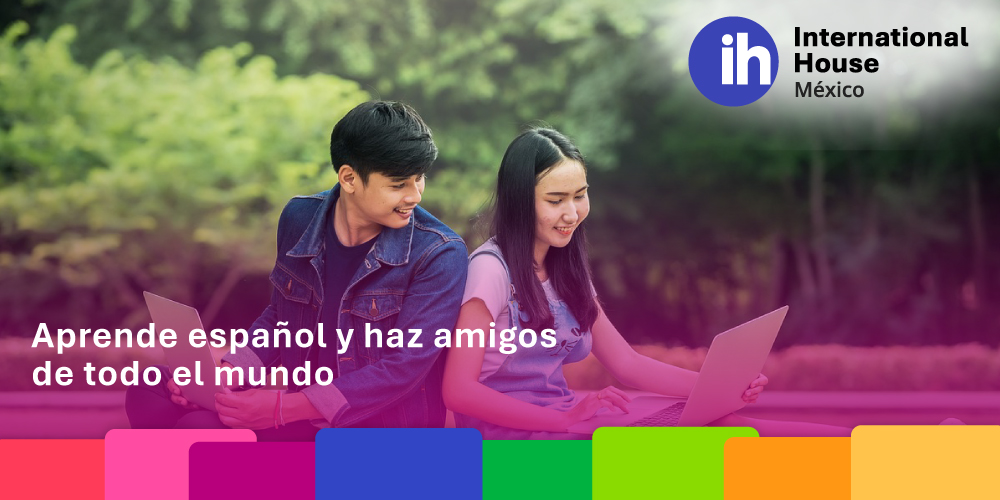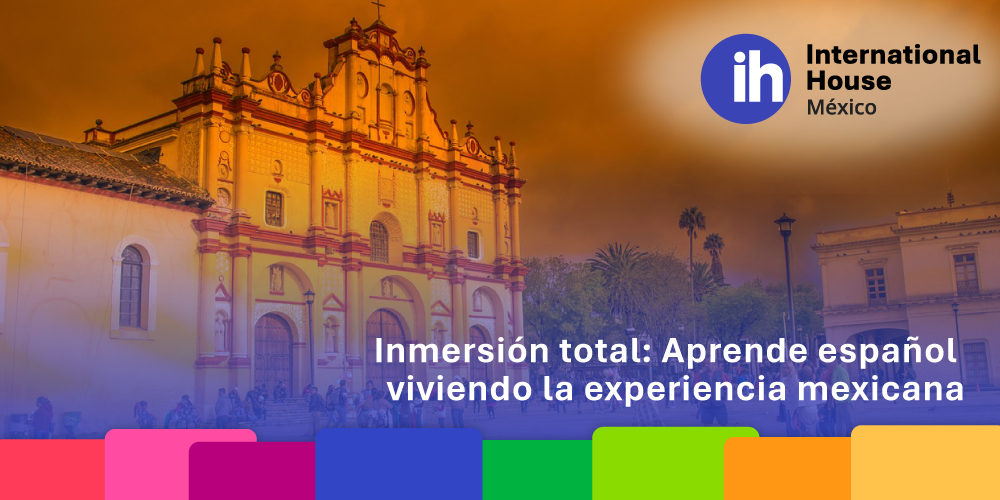Do you want to speak Spanish, but don’t know where to start? We tell you how to reach your language goals by learning Spanish step by step with our Spanish courses in Mexico.
If you are interested in learning the language spoken by more countries in the world, you are in the right place. Alegre’s Spanish Schools in Mexico is a group of International House language schools, so the language learning methods and professional preparation of our certified Spanish teachers will help you reach your language goals. However, the greatest advantage of taking Spanish courses at Alegre Spanish Schools is that you will learn the language in the ideal environment – a Spanish-speaking country!
- How to learn Spanish step by step in our Spanish courses in Mexico? Below we will show you the main steps to learn Spanish for beginners in the language.
1 | Enroll in Alegre’s Spanish courses in Mexico
First of all, you must enroll in Alegre’s Spanish courses to learn Spanish step by step. Just choose the location of the school to learn Spanish in Mexico City, Oaxaca or Playa del Carmen.
Another advantage of our Spanish courses in Mexico and Bogota is that you can enroll at any time. In this case, beginners start their Spanish classes on the second Monday of each month and can complement their learning with private classes or the social program that includes attractive activities to get to know Mexico through the practice of the language.
2 | Learn basic Spanish vocabulary for beginners
Communicating in Spanish is a puzzle of skills and knowledge that you must acquire gradually with Spanish courses in Mexico. Therefore, you will start by recognizing the basic sounds of simple words for everyday communication in Spanish.
Your teacher will probably start your Spanish classes by speaking in English, as it is the language for international communication. In addition, Spanish and English share many cognates such as:
- Curso / course
- Introductory / introductory
- Profesor / professor
- Importante / important
- Aspecto / aspect / aspecto
- Cultura / culture
Considering this relationship between English and Spanish words in your mind will help you understand and remember Spanish vocabulary.
Some of the main topics to learn Spanish step by step for beginners at Alegre Spanish Schools are:
- Introduction and casual conversations outdoors (restaurants, transportation, shopping, etc.).
- Directions and descriptions of places.
- Cultural characteristics relevant to learning Spanish in Mexico City, Playa del Carmen or Oaxaca.
- Main verbs, grammar and vocabulary to mention everyday activities.
3 | Learn Spanish grammar and pronunciation step-by-step
Grammar and pronunciation are the basis for the development of Spanish language skills. When you study Spanish in Mexico City or anywhere in the Mexican Republic, you will learn the same basics of the language, only the accent and regional expressions will change.
- Articles and pronouns (el, tu, ellos- este, ese, ese, estos).
- Differences between verbs (ser and estar, saber and conocer).
- Interrogative, affirmative, negative and demonstrative sentences.
- Verb tenses and endings (ar, er, ir).
- Expressions and exceptions to rules.
4 | Practice the language in and out of the Spanish Schools in Mexico
As we mentioned at the beginning, the biggest advantage of taking Spanish courses in Mexico is that you will be able to practice the language at any time of the day. Learning Spanish with immersion is one of the most effective methods to learn languages, students reach their language goals faster compared to students who decide to take Spanish classes online once a week.
Getting to know a new territory and culture allows you to generate language-related experiences. This means that the learning process is tied to a moment and your mind can easily remember it. So this is the ideal learning method for extroverted people who prefer kinesthetic learning or learning by doing.








